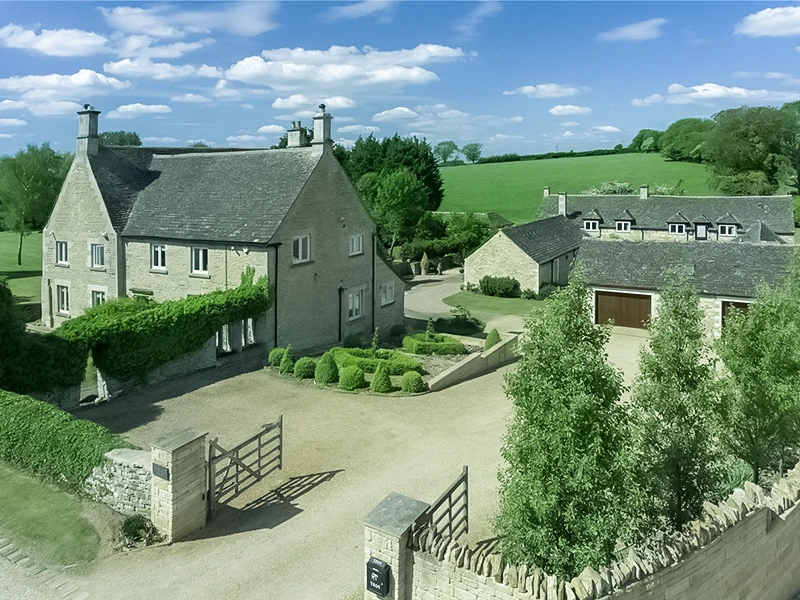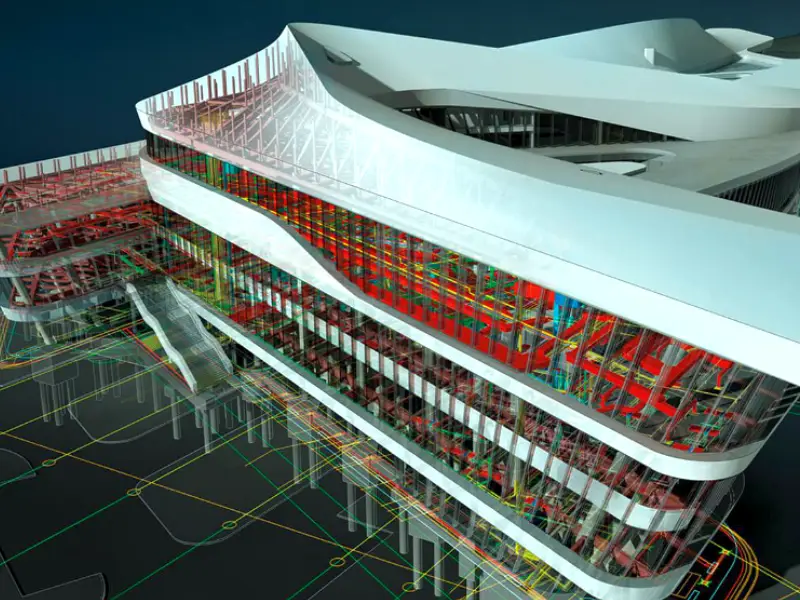
When you walk past a monument of the sort, do a couple of questions come to your mind? Questions like: what could be the story behind this specific historic building? Or how do the governments ensure the protection of the local cultural heritage?
Do you also wonder if the protected buildings hold something significant for the younger generations?
If such questions do come to your mind, then you’re in luck! We are going to share what the Grade II listed restrictions are. And how they influence the decision-making regarding historic buildings.
📍 Planning Changes to a Grade II Listed Building?
Navigating restrictions can be complex, but expert surveying makes the process smoother. Get professional heritage surveying with Survey2Plan!
📞 0161 531 6641 📩 info@survey2plan.com 💬 Get a Quotation
Fast & Accurate Surveys | Trusted by Architects, Developers & Contractors
What Are Grade II Listed Buildings?
As we have discussed in our previous blog, Grade II listed buildings are special due to their exceptional historic value. Or these buildings have been recognized nationally which means that local authorities and the government work together to preserve these heritage buildings.
If we’re to compare Grade II and Grade I buildings, then we must mention that the Grade II buildings are subject to certain restrictions. These restrictions or regulations are designed to properly protect the heritage value of such buildings.
Grade II listed building restrictions can vary as per their locations and other crucial elements. Nonetheless, in the United Kingdom, a couple of generalized guidelines are present to be followed for Grade II listed buildings. Allow us to share those restrictions with you in this part of the blog!
1. Regulatory Clearance
Anyone who wishes to modify, reconstruct, or even demolish a Grade II listed building must seek regulatory clearance from the local planning authority. This restriction ensures the protection of the cultural heritage and is a significant one. Let us get into the details of this major Grade 2 listed building restriction.
As we have mentioned, any type of modification that can impact on the building requires approval from the local planning authority. This means that alterations, etc. made by individuals/businesses have a go-ahead from the authorities. And that these changes will not affect the historic fabric of the building(s). One must also ensure that the integrity of the building(s) will not be compromised, nor the emotions of a certain culture be offended.
2. Historic Area Concerns
As per genuine surveys, it has been observed that Grade II listed buildings are usually present in conservation areas. And that can mean only one thing: more strict rules and regulations for alterations, modifications, and demolition.
Allow us to explain this through an example. So, you wish to renovate a historic building by changing its windows. Now, this would seem like a minor change, and you would think that you do not even require planning permission. But that is not the case. If the Grade II building of your interest resides in a conservation area, then you will need planning permission. This regulation is designed to preserve what all the building has to offer – covering both its character as well as historical value.
3. Use of Modern Materials & Technologies
One of the Grade 2 listed building rules is to limit the use of modern materials & technologies. Now, you must be wondering how you can modify the building without upgrading it, right? Do not worry, because we are here to share what you can do to a Grade 2 listed building! Make sure that you keep reading the blog till the end for informed decision-making.
A building’s historic appearance is there because it was built on old construction methods and architectural techniques. So, when you want to install a modern cooling system in a historic building, there is an extremely high chance that its appearance will be impacted. And that’s why Grade II listed building restrictions stop such things from happening. This also applies to new roofing, doors, and window installations as well.
4. Material Choices
We must also mention that to carry out any renovation process in a Grade II listed building, you need to make wise choices for the materials. Their texture and quality should not result in a drastic change in terms of the original appearance. So, if you are getting help from a third-party vendor, you must sit down with them and discuss the cruciality before you get things initiated from your end. In addition, make sure that the materials that you choose will not wear off with time.
Before we conclude, we must mention that you can also seek guidance from heritage consultants to get you started. By doing so, you will ensure that you will not leave a stone unturned to meet the Grade II listed buildings regulations.
Want to know more about what you cannot do to a Grade II listed building while also finding the right balance between a historic building and modern standards? Get in touch with us today and we will take it from there!




